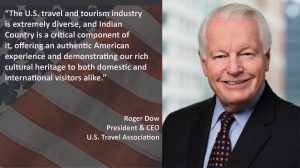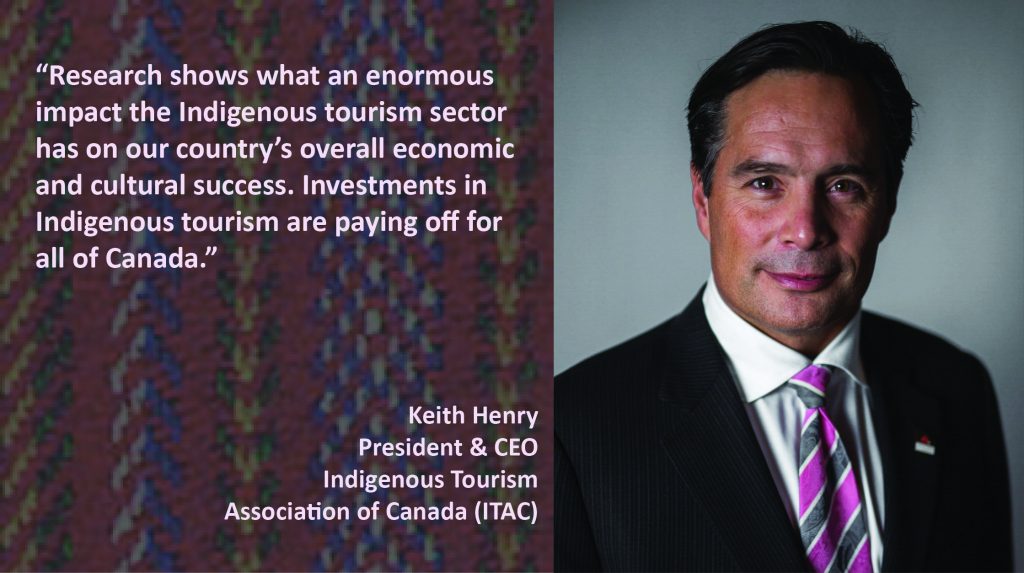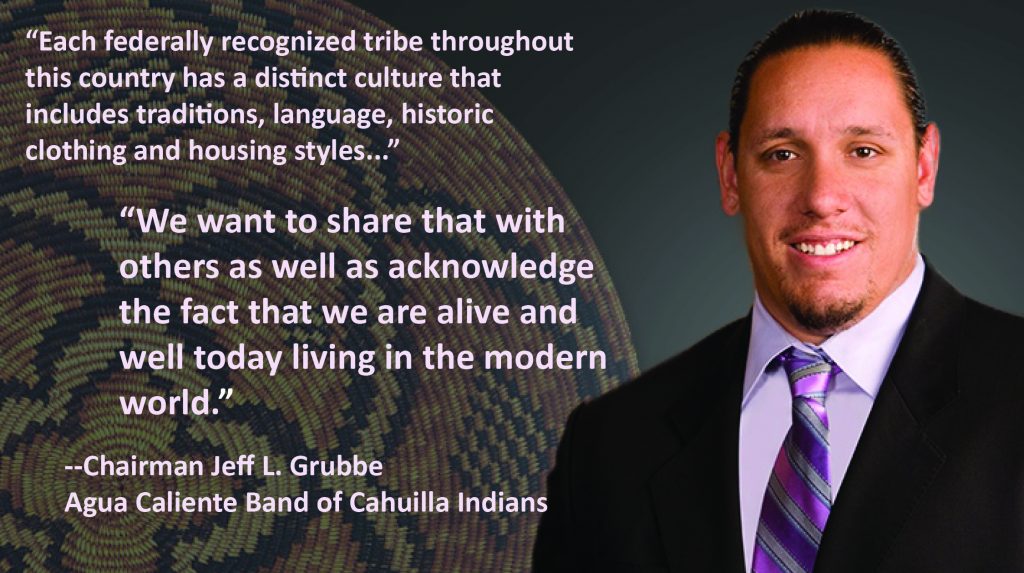AITC 2019 Conference Agenda
AITC 2019 Conference Agenda
(Please click the plus sign next to each item for more information. Or visit our AITC Conference Speaker page here.)
Sunday, September 15, 2019
Explore Tulsa Excursion
Mobile Workshop #1: Cherokee Nation History Mobile Workshop
Mobile Workshop #2: Chickasaw Cultural Center
Mobile Workshop #3: Muscogee (Creek) Nation History Tour
The Business of Art
Opening Reception
Sponsored and hosted by Cherokee Nation
Native Art Market
(open to the public)
8 a.m. – 5 p.m.
Blessing | Breakfast | Opening General Session
Refreshment Break with Exhibitors
Sponsored by Citizen Potawatomi Nation
10 a.m. – 10:30 a.m.
Keynote Speech: How Indigenous Tourism is Reshaping Tourism in Canada
Keith Henry, President and CEO, Indigenous Tourism Association of Canada (ITAC)
Breakout Sessions (Block 3)
2:15 p.m. – 3:15 p.m.
Refreshment Break with Exhibitors
Sponsored by Port Madison Enterprises
3:15 p.m. – 3:45 p.m.
Tribal Tourism Information Gathering Session
(open to the general public)
3:45 p.m. – 5:30 p.m.
AITC Preview Reception
6 p.m. – 8 p.m.
Sponsored by We-Ko-Pa Casino Resort and Fort McDowell Yavapai Nation
Wednesday, September 18, 2019
Panel: Amplifying Tribal Voices through Regional Marketing
Break with Exhibitors
10 a.m. – 10:30 a.m.
Breakout Sessions (Block 4)
10:30 a.m. – 11:30 a.m.
Keynote Luncheon
11:45 a.m. – 1 p.m.
President’s Report/Director’s Report
Emerson Vallo (Pueblo of Acoma), Board President, AIANTA; Sherry L. Rupert (Paiute/Washoe), President, AIANTA
Keynote Speech: Authentically Cultivating Cultural Tourism
Chairman Jeff L. Grubbe, Agua Caliente Band of Cahuilla Indians
Breakout Sessions (Block 6)
2:30 p.m. – 3:30 p.m.
Breakout Sessions (Block 7)
4 p.m. – 5 p.m.
Enough Good People Awards Gala & Silent Auction
Sponsored by Mandan, Hidatsa and Arikara Nation (MHA Tourism)
7 p.m-9 p.m.
Thursday, September 19, 2019
Breakout Sessions (Block 8)
9 a.m. – 10 a.m.
Keynote Speech: Many Voices – Telling the Story of the USA Through Film
11:45 a.m. – 1 p.m.
Nick Mattera, Brand USA
John Herrington (Chickasaw), Astronaut
Ariel Tweto (Inupiak), TV Personality & Producer
Drawing; must be present to win
For more information, visit the American Indian Tourism Conference home page.


